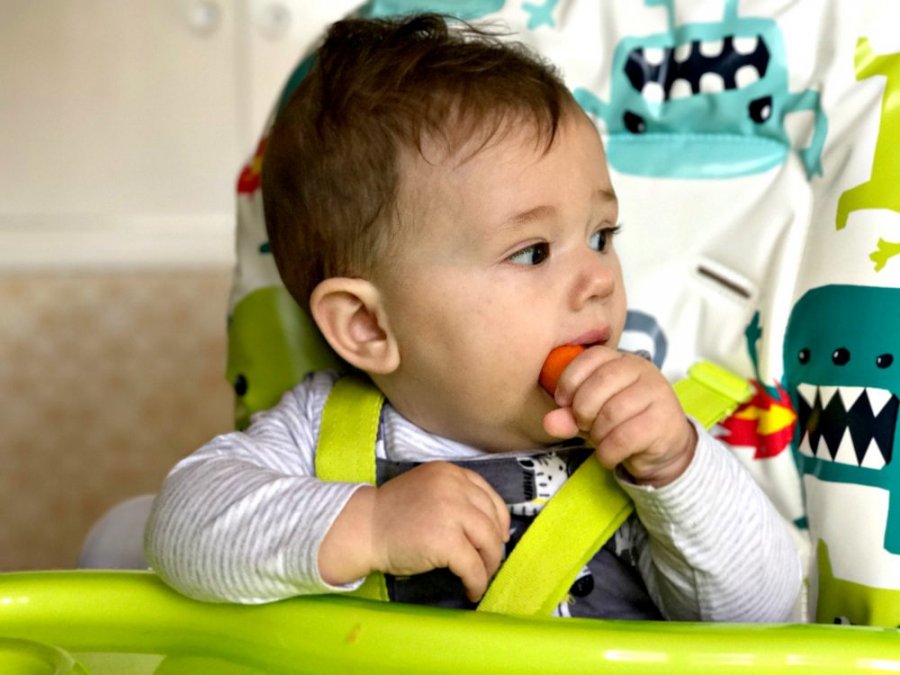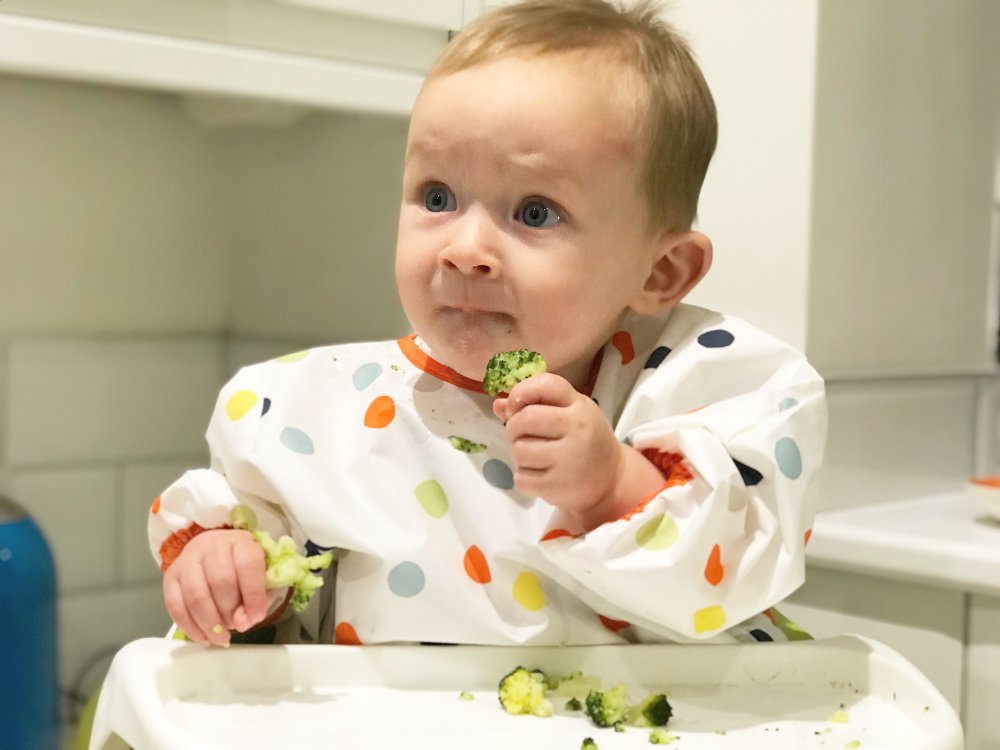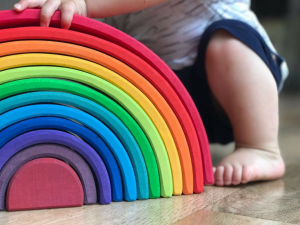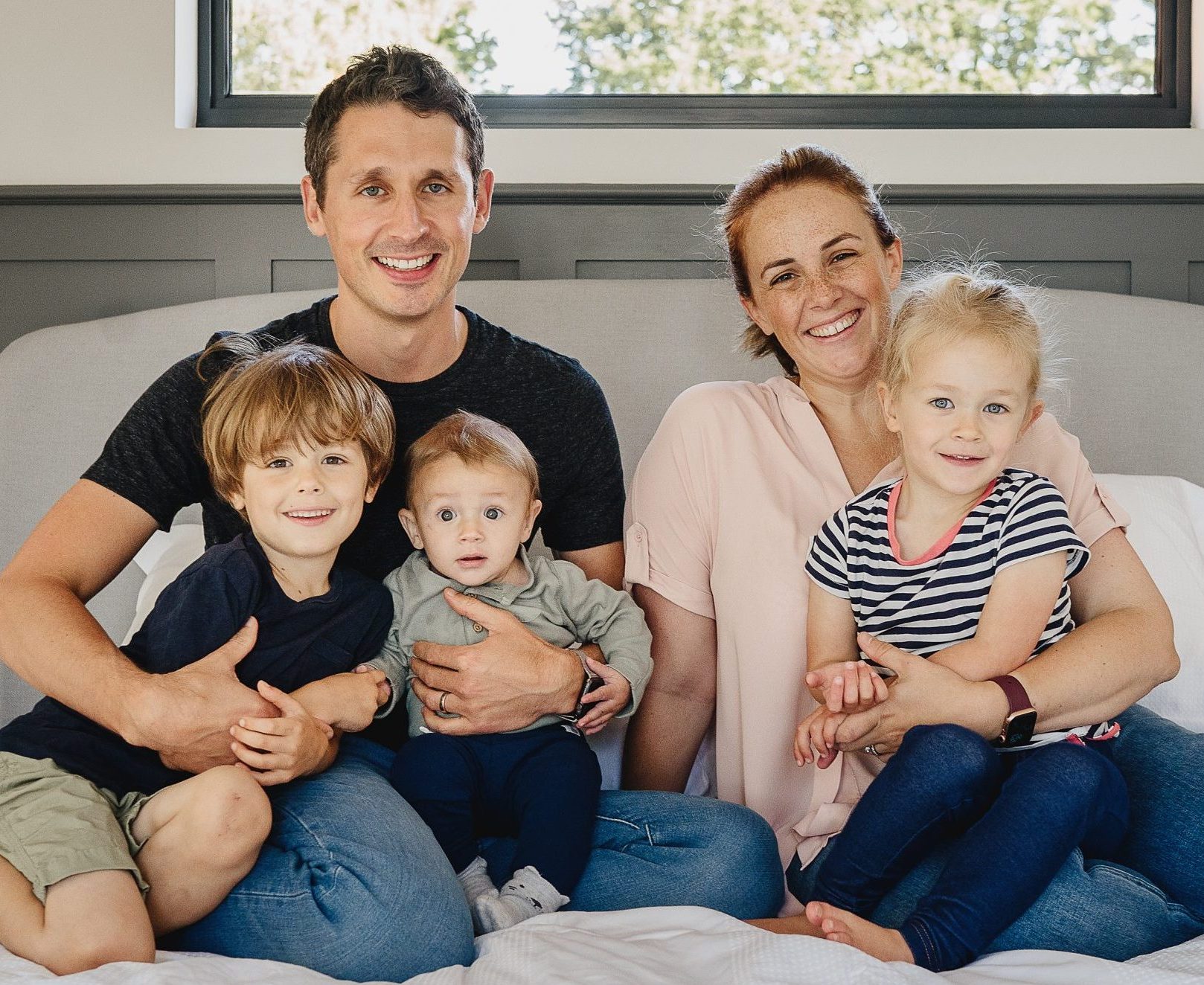You’ve finally nailed milk feeds and it’s time to start thinking about the next step on the adventure, it’s time to wean your baby! Weaning means that your baby will start on solid food for the first time, transitioning away from milk as their primary food source. But how do you know if your baby is ready for weaning? Whilst general advice in the UK is to start weaning at six months, we all know that your baby doesn’t go from not ready to ready at the turn of midnight on that date! Instead there are some easy signs to look out for that will help guide you on when it’s time to start weaning your baby, whether that’s using baby led weaning or traditional weaning methods.
Before we start… advice around weaning has changed over the years but we’ve found the following to be a good guide based on what’s recommended here in the UK. If you’re unsure or if your baby has specific allergies or requirements, you can always check with a health professional such as your health visitor first.
Signs Your Baby Is Ready For Solids
There are three main signs to look out for when considering starting your baby on solids. These usually occur around six months of age, which is why many believe that six months is the exact time to commence weaning. If your baby is showing all of these signs, it’s a good suggestion that they’re ready for weaning and it’ll be a smooth part of your journey. If they’re not, you may want to consider waiting a little longer… don’t worry, they’ve got plenty of time to eat you out of solid foods!
Sitting up
Your baby should be able to sit up and hold their head steady. The key part here is that they’re able to maintain their neck strength rather than slumping over in the chair. This is important for their airways and swallowing of food. You can support your babies back using a high chair in order to help them maintain an upright position for longer but you shouldn’t use this to hold them upright entirely. If they can’t support themselves in an upright position then it’s worth waiting longer.
Hand – Eye Coordination
Your baby should be able to coordinate their movements in order to reach for food and put it in their mouth. This is particularly important if you’re looking to follow baby led weaning as they’ll need to effectively serve themselves. Many babies will exhibit this by putting teethers and toys in their mouths – if they’re doing this, they’ve ticked off this step.
Ability To Swallow
Babies are born with a natural tongue thrust which encourages them to push things out of their mouth with their tongue. If you feed your baby and they spend the entire time pushing food out of their mouth rather than swallowing it then it could be worth holding off for another week or two. In our experience, babies will do this at first whilst they’re figuring out what to do so it’s worth giving it a few attempts to see if this is just a learning process or they’re not ready.

‘Signs’ That Aren’t Really Signs
Most people will have been told that their baby needs food before they’re really ready or that XYZ is a sign that they should be weaning. Some of these include:
Interest In Food
Whilst an interest in your food is beneficial when starting to wean, it’s not a sign that they’re ready. Babies are interested in watching and reaching for lots of different things that don’t constitute food – such as car keys! Remember that reaching for things and putting them in their mouths is a way of exploring the world for small babies.
Waking At Night
Babies go through huge developmental changes between the ages of four to six months; learning to roll, to start to crawl, making more sounds and discovering the world. Many babies start to wake more at night again during these times due to brain activity and the changes that they’re encountering. This doesn’t mean that they’re waking because they’re hungry, purely that their brains are so busy that they are struggling to maintain longer sleep patterns.
Feeding More Frequently
Whilst they’re developing rapidly, they may also be going through a growth spurt between the 4-6 month stage as well. As such you may feel like they need more milk than they would have before. Growth spurts should be temporary and normally consumption will return to normal levels once it’s over. Remember that prior to six months of age, it’s advised that milk (breast milk or formula milk) is nutritionally all that they need. You may want to consider slightly upping the quantity of milk given in order to combat this.

Starting Weaning
If your baby is showing all three signs that they’re ready to start weaning, then it’s time to get going. Firstly decide if you’re going to follow a baby led weaning route or a traditional weaning route. Then, have a read of our guide of how to baby led wean in a safe manner. Stock up on the weaning essentials and get preparing some of our favourite weaning recipes. What an exciting adventure for you and your baby!
ps. Not sure what to try first? We recommend these pancakes, and these oaty bakes!









No Comments